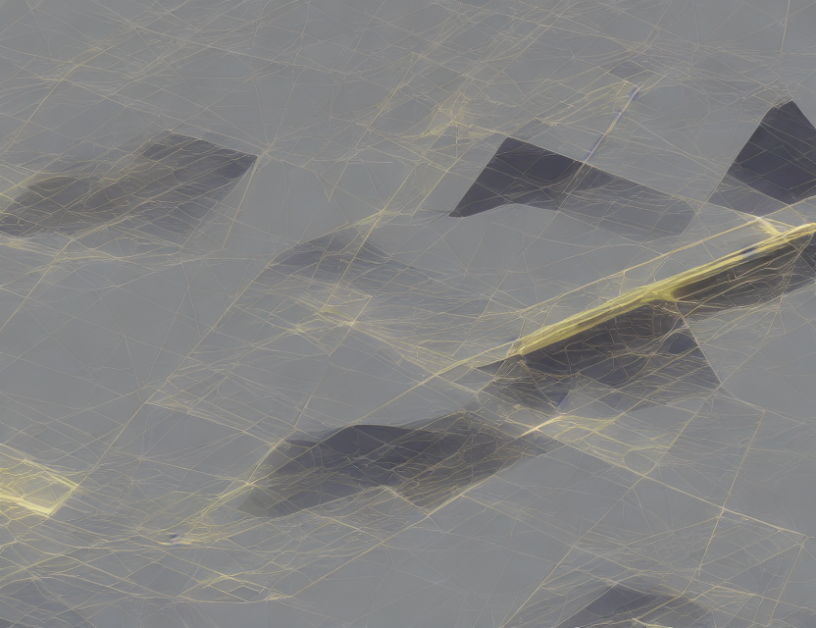In this article, the authors aim to address the challenge of generating counterfactual explanations for graph-based machine learning models. Counterfactual explanations are essential in providing insight into how a model’s predictions would change if certain factors were altered. However, working with graph data introduces complexities as there can be multiple connected components in the graph, each with varying degrees of separation between subgraphs. To address this challenge, the authors propose a novel approach called Counterfactual Editing (CE) that leverages graph neural networks (GNNs) to generate counterfactual explanations for search result explanations.
The CE approach consists of two stages: graph structure modification and counterfactual explanation generation. In the first stage, GNNs are used to modify the graph structure by adding or removing connections between connected components. This process mimics how a user might interact with a search results page, selecting and deleting items to refine their search. In the second stage, the modified graph is used to generate counterfactual explanations for each item on the page. These explanations highlight how the item’s relevance would change if certain connections were added or removed between connected components in the graph.
The authors evaluate CE using several experiments and compare it to existing methods. Their results show that CE outperforms other counterfactual explanation methods, providing more accurate and informative explanations for search result pages. The authors also conduct a user study to assess the effectiveness of CE from the users’ perspective, showing that users find the generated explanations helpful in understanding how the model arrived at its predictions.
In summary, this article proposes a novel approach to generating counterfactual explanations for graph-based machine learning models, which is essential in providing insight into how a model’s predictions would change if certain factors were altered. The proposed approach, Counterfactual Editing (CE), leverages GNNs to modify the graph structure and generate counterfactual explanations that accurately reflect the changes made to the graph. The authors evaluate CE using several experiments and demonstrate its effectiveness in providing more accurate and informative explanations than existing methods.
Computer Science, Machine Learning
Generating Counterfactuals with Latent Space Reconstruction



